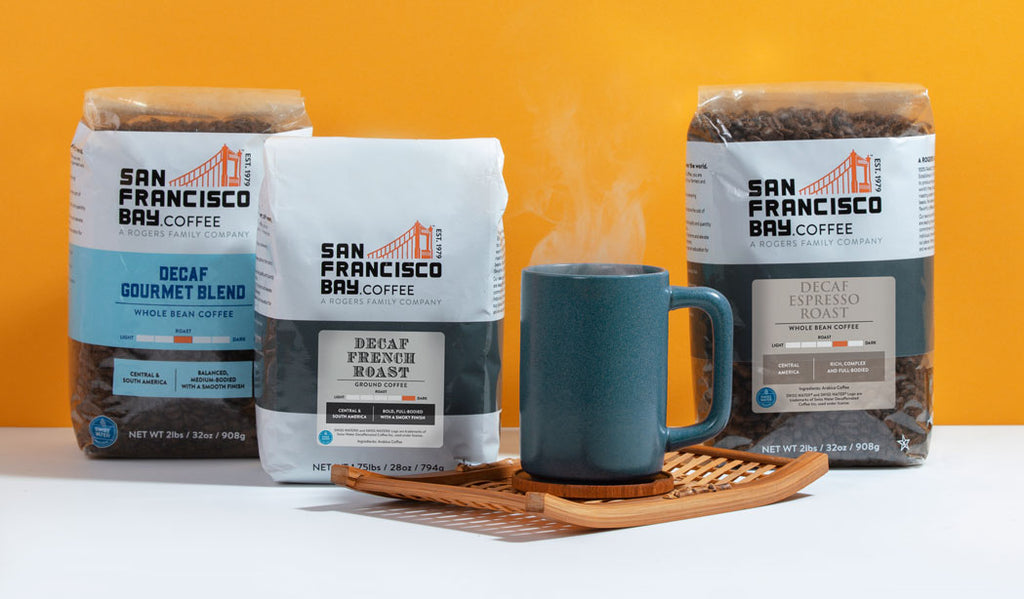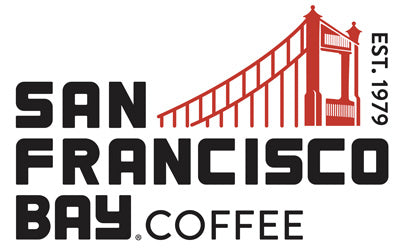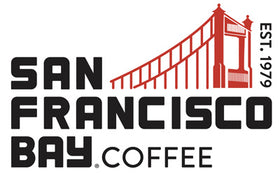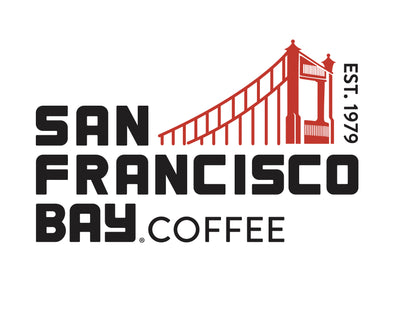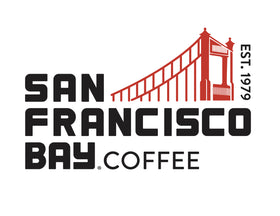How is Decaf Coffee Made?

The allure of coffee is often synonymous with its caffeine content–a beloved stimulant that kick-starts mornings and reinvigorates afternoons. Yet, for many, the decaffeinated counterpart holds equal charm, offering the rich flavors of coffee without the buzz. This raises the question: How is decaf coffee made, and why do the methods matter?
Is there more than one way to make decaf coffee?

Decaffeinating coffee involves removing caffeine from the beans before they are roasted and ground. The challenge lies in extracting the caffeine while retaining the beans’ inherent flavors and aromas. Over the years, various methods have been developed to achieve this delicate balance, each with its implications for taste, health, and environmental impact.
Indeed, there are several methods for decaffeinating coffee, ranging from chemical solvents to water-based processes. The choice of method affects not only the coffee’s flavor profile but also its eco-friendliness and the well-being of consumers who want to avoid certain chemicals.
What are the different decaf coffee processes?
The quest to decaffeinate coffee without compromising its soulful essence has led to the development of several innovative methods, each with its unique approach and impact on the coffee’s final taste and environmental footprint.
1. Solvent-Based Processes
The solvent-based methods use chemical solvents to selectively bond with caffeine molecules and then remove them. The Direct Solvent Process immerses the beans directly in solvents such as methylene chloride or ethyl acetate. While Direct Solvent is a popular method, the use of methylene chloride is recently raising red flags for possible toxicity. The Indirect Solvent Process, on the other hand, bathes the beans in hot water to draw out caffeine and flavor compounds before introducing solvent to the water–not the beans directly–thereby preserving the beans’ intricate flavors. While the chemicals are largely removed during the process, traces can remain, leading to health concerns among many coffee drinkers and health advocacy groups.
2. Carbon Dioxide Process
The Carbon Dioxide (CO2) Process, a relatively newer method, uses pressurized liquid CO2 to extract the caffeine. The CO2 latches onto caffeine molecules and leaves the essential flavors untouched. This method is praised for its efficiency and ability to retain the original flavors of the coffee. It’s also more environmentally friendly, as CO2 can be recycled and reused in the process. While the Carbon Dioxide Process is regarded as safer than the Solvent-Based Processes as it does not use chemicals, it does not remove as much caffeine as the Swiss Water Process.
3. Swiss Water Process
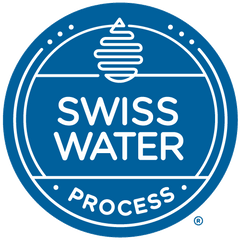
Here at San Francisco Bay Coffee, we use the Swiss Water® Process which stands out as a completely chemical-free method, utilizing only water, temperature, and time to gently remove 99.9% of the caffeine. Green coffee beans journey through pure water and a proprietary carbon filter system designed to capture caffeine molecules while safeguarding the beans’ delicate flavors and aromas. This method preserves the coffee’s flavor and is 100% organic, making it a preferred choice for health-conscious consumers and environmental advocates.
Does it matter which decaf coffee process a brand uses?
Absolutely. The method of decaffeination has a profound impact on the final product’s taste, health benefits, and environmental footprint. Chemical methods, while effective in caffeine removal, can leave behind trace residues that alter taste and raise health questions. Methylene chloride, one of the most popular chemicals used to decaffeinate coffee, is facing scrutiny for toxicity concerns and prompting some to avoid decaf coffee altogether. To enjoy chemical-free coffee that has had 99.9% of its caffeine removed, opt for beans decaffeinated with the Swiss Water® Process. The Swiss Water Process offers a cleaner, richer coffee experience, aligning with the growing demand for natural and organic products.
Why San Francisco Bay Coffee Uses the Swiss Water® Decaf Process Method

At San Francisco Bay Coffee, we’re committed to delivering not just exceptional coffee but also a product that aligns with our values of sustainability and wellness. That’s why we’ve chosen the Swiss Water® Process for our decaf coffee. This method, with its meticulous attention to detail and absence of chemicals, ensures that every cup of our decaf coffee is as pure and flavorful as nature intended. By choosing this eco-friendly process, we’re also supporting sustainable practices that contribute to the well-being of our planet.
Where to Buy Swiss Water® Decaf Coffee
The journey of decaf coffee from bean to cup is a fascinating process, showcasing the innovative methods developed to cater to coffee lovers’ diverse needs. Among these, the Swiss Water® Process stands out for its commitment to purity, flavor, and environmental stewardship–a choice that reflects San Francisco Bay Coffee’s values.
San Francisco Bay Coffee’s commitment to quality and sustainability has made our Swiss Water® Process decaf coffee a favorite among coffee enthusiasts. Available in various blends and roasts, our decaf coffee can be found on our website, where you can learn more about our process and commitment to sustainability. Additionally, our products are stocked by various retailers and coffee shops that share our dedication to high-quality, eco-friendly coffee.
Whether you’re a long-time decaf drinker or curious about trying it for the first time, we invite you to experience the difference with San Francisco Bay Coffee’s Swiss Water® Process decaf coffee.
